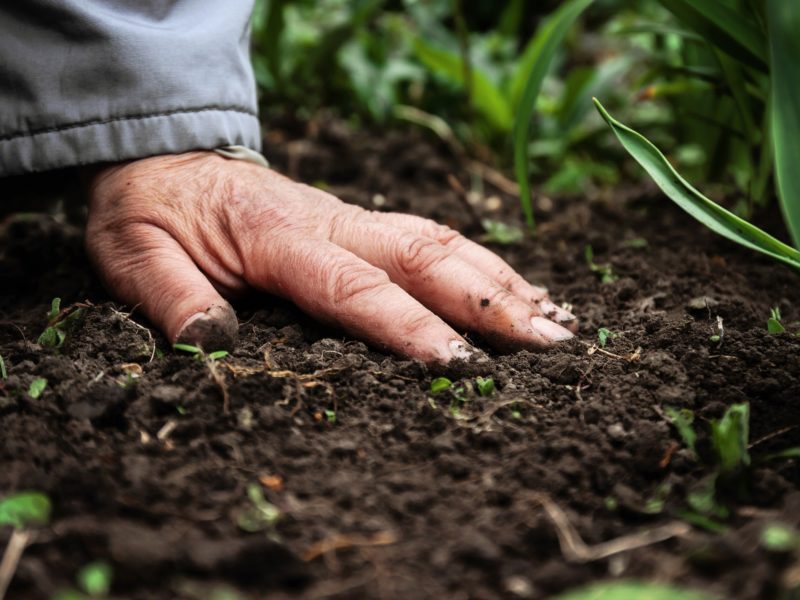New Nuclear Research Uses Bacteria In Cancer Treatment

New research done by Texas A&M University nuclear engineering Ph.D. student Ryan Clanton has found a way to turn one of the most common progenitors of disease, microbes, into an ally in the fight against cancer. Clanton’s research focuses on using certain microbes as radio-protectants of normal tissues and to help amplify the effects of radiation on malignant tissues during cancer treatment. The microbes would potentially be used to target tumors and combat the cancerous cells within the body without damaging normal tissues or having other detrimental effects
The idea came to Clanton when he was doing background research on chemotherapy and radiation treatments. Clanton saw a way to use the bacteria to hone in on cancerous regions by looking at the way bacteria travel from the gut to the blood stream after exposure to radiation and other biological factors.
“The initial scheme of the paper was to look at what causes radio-resistance and why there could potentially be beneficial effects from the exposure of these microbes,” Clanton said. “We wanted to see how this influences radiation risk, specifically looking at why current survival curves used for radiation therapy have such wide variances that prevent the effective treatment of patients.”
According to Clanton, the bacteria infiltrate the tumor through the bloodstream after leaving the gut, allowing the immune system to lock onto the bacteria as a marker. The specific immunological responses to those bacteria could be the difference between more effective treatments or a more malignant tumor.
“Once I saw how it gets to the tumor, I saw the idea kind of bloom,” Clanton said. “The more papers I read on the subject, the more I got the feeling we were looking at the topic completely wrong. We were ignoring factors that vary from person to person, factors that could change how we respond to any type of stress.”
Media contact: tamunews@tamu.edu.




